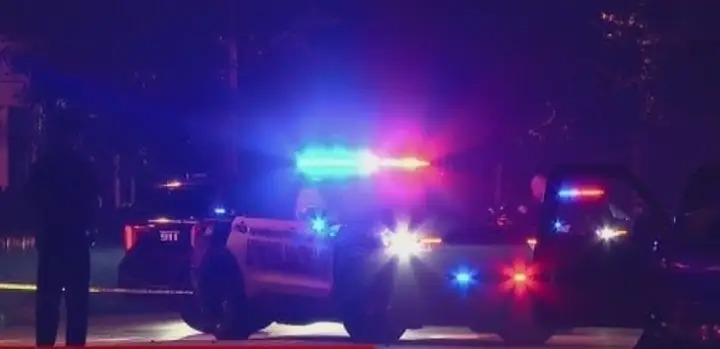A wave of powerful tornadoes swept through parts of the Midwest and South this week, leaving behind a trail of destruction and heartbreak. So far, at least 27 people have been confirmed dead as violent storms ravaged Kentucky, Missouri, and nearby states. Entire neighborhoods have been reduced to rubble, and residents now face the difficult task of picking up the pieces and finding some sense of normalcy amid the wreckage. With homes leveled and lives shattered, the full scope of the damage is just beginning to emerge as emergency crews and families work side by side to assess what can be saved.
Kentucky bore the brunt of the storm, with southeastern Laurel County suffering the most catastrophic losses. At least 18 individuals from this region tragically lost their lives. The storms tossed cars through the air and flattened homes in seconds, leaving many with nowhere to go. Emergency shelters are currently housing displaced families, and first responders are doing everything they can to provide aid. Ten people remain in critical condition, and officials are bracing for the possibility that the death toll may climb as rescue and recovery efforts continue.
As communities grieve and try to rebuild, the emotional toll is immense. Families are mourning loved ones while also trying to navigate the uncertainty of losing everything they once had. Support from neighbors and local volunteers has been unwavering, with many pitching in to offer food, shelter, and a comforting hand in these dark times. While the road to recovery will undoubtedly be long and challenging, the resilience of those affected continues to shine through, even in the face of unimaginable loss.
In light of these devastating events, it’s vital to stay prepared and informed during severe weather. Having multiple ways to receive alerts—such as weather apps, NOAA weather radios, or emergency text notifications—can be lifesaving. Knowing your safest place in your home, whether it’s a basement, an interior room without windows, or a designated storm shelter, can make all the difference. Putting together an emergency kit with essentials like water, flashlights, batteries, medications, and important documents is a smart move for any household. And perhaps most importantly, take every tornado watch or warning seriously and act without delay when alerted.
Finally, during times like these, checking in on neighbors—especially the elderly or those who may need assistance—can help save lives. While many are looking for ways to help, those able to contribute can make a difference by supporting reputable disaster relief organizations. Every donation, no matter the size, helps bring comfort and resources to those in need as they begin the long journey of recovery.



